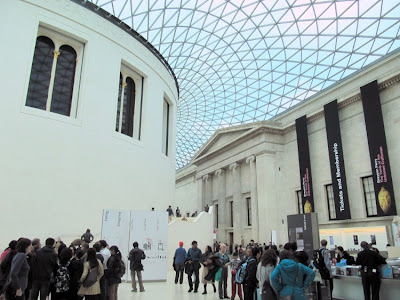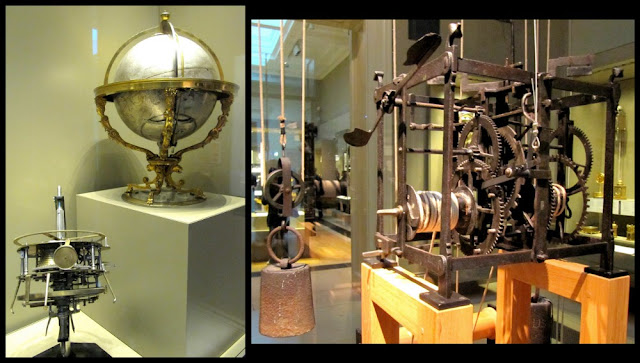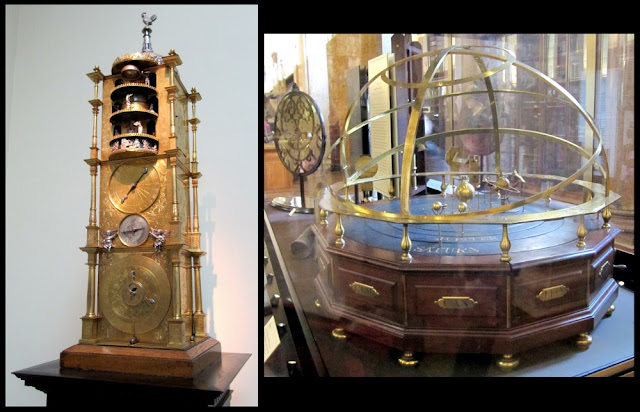The British Museum is a museum of human history and culture and it's exhibits originate from all over the world.
Physician and naturalist Sir Hans Sloane collected more than 71,000 objects over his lifetime. He wanted them to be preserved intact after his death, so he bequeathed the whole collection to King George II for the nation in return for a payment of £20,000 to his heirs. The gift was accepted and on 7 June 1753, an Act of Parliament established the British Museum.
 |
| The King's Library |
The British Museum opened to the public on 15 January 1759 . It was first housed in a seventeenth-century mansion, Montagu House, in Bloomsbury on the site of today's building. Entry was free and given to ‘all studious and curious Persons’. In 1823 the gift to the nation by George IV of his father's library (the King's Library) prompted the construction of today's quadrangular building designed by Sir Robert Smirke.
Smirke designed the building in the Greek Revival style, which emulated classical Greek architecture. Greek features on the building include the columns and pediment at the South entrance. This style had become increasingly popular since the 1750s when Greece and its ancient sites were ‘rediscovered’ by western Europeans. The monumental South entrance, with its stairs, colonnade and pediment, was intended to reflect the wondrous objects housed inside. The building was completed in 1852.
 |
| Weston Hall |
The Weston Hall was designed by Sydney Smirke, who took over from his brother, Sir Robert Smirke, in 1845. In the original Robert Smirke design the courtyard was meant to be a garden. However, by the early 1850s the British Museum Library badly needed a larger reading room.
Antonio Panizzi, the Keeper of Printed Books, had the idea of constructing a round room in the empty central courtyard of the Museum building. With a design by Sydney Smirke, work on the Reading Room began in 1854. Three years later it was completed.
To make more room for the increasing collections held by the Museum, the natural history collections were moved to a new building in South Kensington in the 1880s. This became the Natural History Museum.
A key figure during this period was Sir Augustus Wollaston Franks. Appointed to the Museum in 1851, he was the first person to be responsible for British and medieval material. Franks expanded the collection in new directions, collecting not only British and medieval antiquities but also prehistoric, ethnographic and archaeological material from Europe and beyond as well as oriental art and objects.
 |
| The Great Court with the Reading Room at it's centre |
Work on the Great Court's magnificent glass and steel roof began in September 1999. It was constructed out of 3,312 panes of glass, no two of which are the same. At two acres, the Great Court increased public space in the Museum by forty per cent, allowing visitors to move freely around the main floor for the first time in 150 years.










2 comments:
Beautiful and inspiring!
Thanks for visiting and commenting!
Post a Comment